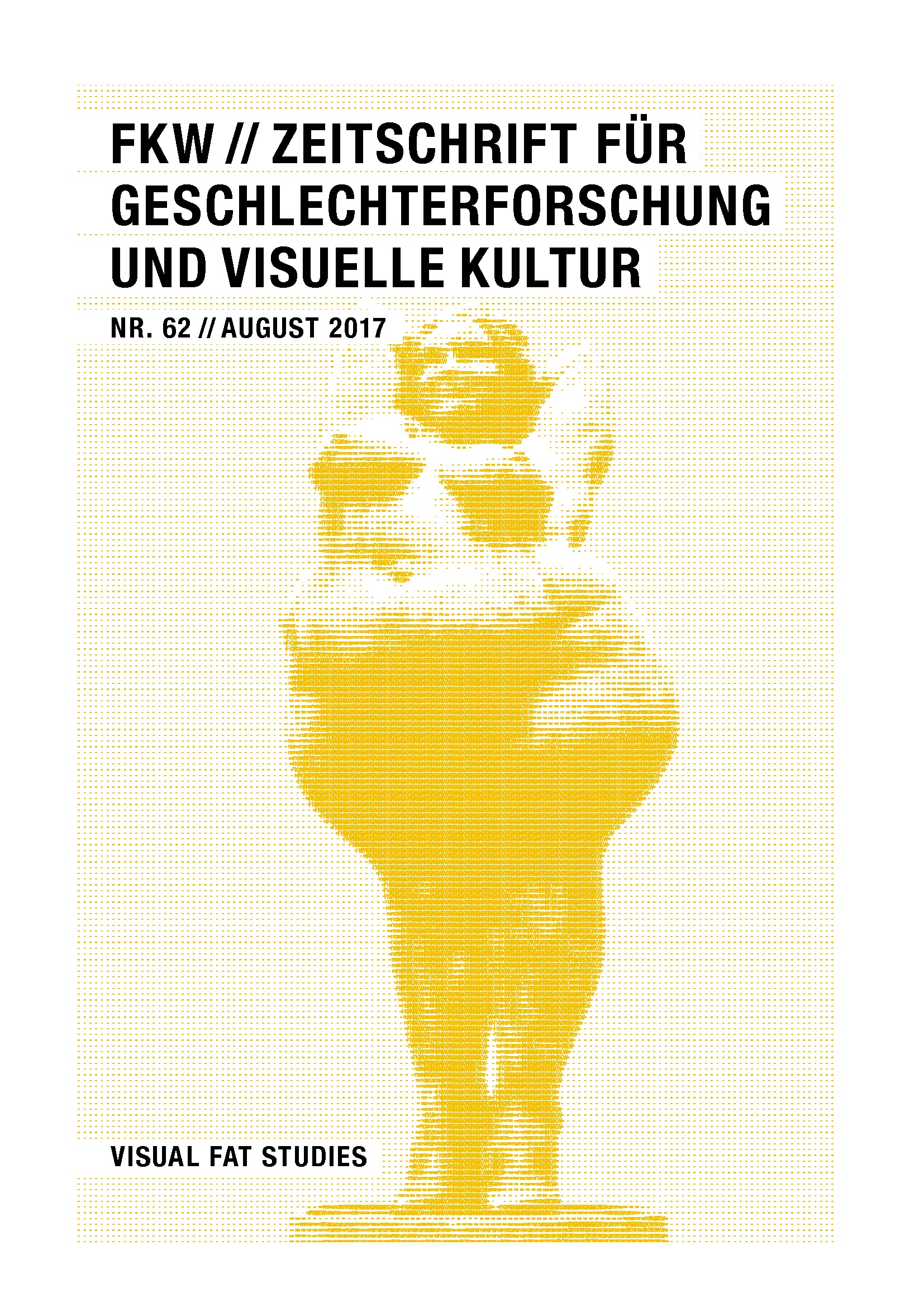The Faces of Fatness in Early Modern Europe
DOI:
https://doi.org/10.57871/fkw6220171405Abstract
Since the beginning of Christianity the body, and lack of control over it, were perceived as a site of sin. St. Augustine, for example, struggled with the temptations of the senses, seeking control of his mind over the urges of his body. St. Thomas Aquinas viewed immoderate eating and drinking as gluttonous. This sinful perception of the body was clearly developed in artistic depictions. Gluttony was often represented by a fat figure. In early modern Europe, the negative appraisal of the fat body was further related to heathen customs, and to violation of the accepted social norms and hierarchy.
This paper focuses on images from 15th and 16th century northern Europe, delineating the negative visual approach towards the fat body. From representations of the sin of Gluttony to the depiction of peasants around the time of the German peasant wars, this paper follows the negative portrayal of the fat body and its different religious, social and political meanings.
Downloads
Veröffentlicht
Ausgabe
Rubrik
Lizenz
Copyright (c) 2017 FKW // Zeitschrift für Geschlechterforschung und visuelle Kultur

Dieses Werk steht unter der Lizenz Creative Commons Namensnennung - Nicht-kommerziell - Keine Bearbeitungen 4.0 International.
Die Autor_innen behalten das Copyright und treten keine exklusiven Nutzungsrechte an FKW ab.
Ab 2017 erscheinen alle Texte von FKW // Zeitschrift für Geschlechterforschung und visuelle Kultur unter der LizenzCC-BY-NC-ND Lizenz 4.0 International (Creative Commons, Namensnennung, Nicht Kommerziell, Keine Bearbeitung 4.0 International). Der Lizenzvertrag ist abrufbar unter: https://creativecommons.org/licenses/by-nc-nd/4.0/legalcode.de, eine allgemein verständliche Fassung unter: https://creativecommons.org/licenses/by-nc-nd/4.0/deed.de
Von 2013 bis 2016 sind alle Texte von FKW // Zeitschrift für Geschlechterforschung und visuelle Kultur unter der Digital Peer Publishing Lizenz (DPPL) erschienen. Der Lizenztext ist im Internet abrufbar unter der Adresse: http://nbn-resolving.de/urn:nbn:de:0009-dppl-v2-de3
Die Abbildungen in Ihrem Beitrag
Die Autor_innen verpflichten sich, die Abdruckgenehmigung für die in ihren Texten verwendeten Bilder bei der jeweiligen, die Bildrechte verwaltenden Institution einzuholen und die zuständige Herausgeberin über das Ergebnis zu informieren. Wir weisen darauf hin, dass die Verwendung von Bildern in wissenschaftlichen Texten gewöhnlich als Zitat angesehen und entsprechend kostenfrei gewährt wird.





